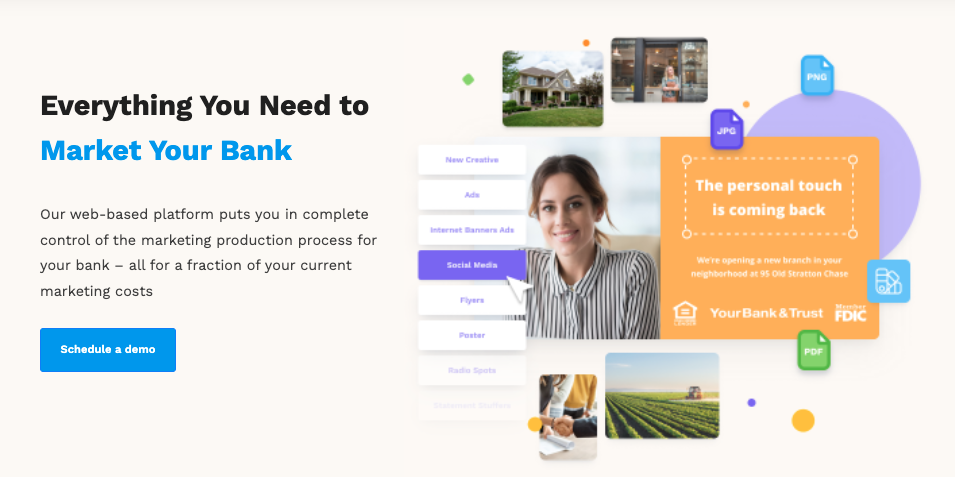
This would be laughable if it weren’t so, well… pathetic. Here we are talking abo...
Read More

Type the phrase “blog writing best practices” into your Google search field and what do...
Read More

What is SEO?
Search Engine Optimization, or SEO, is the process of enhancing content so that...
Read More

Just recently, I was fortunate enough to speak with one of the 22 state bankers associations with wh...
Read More